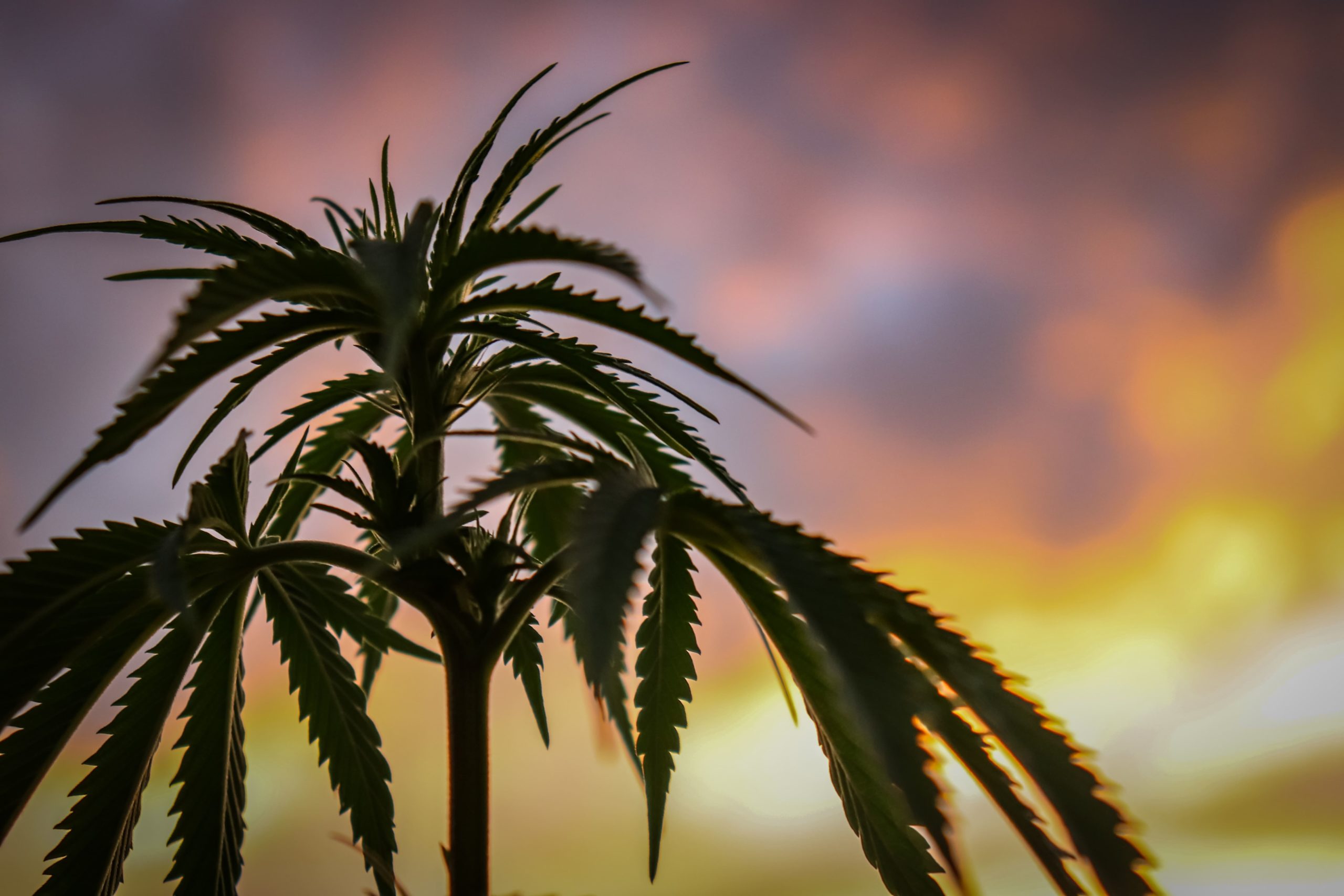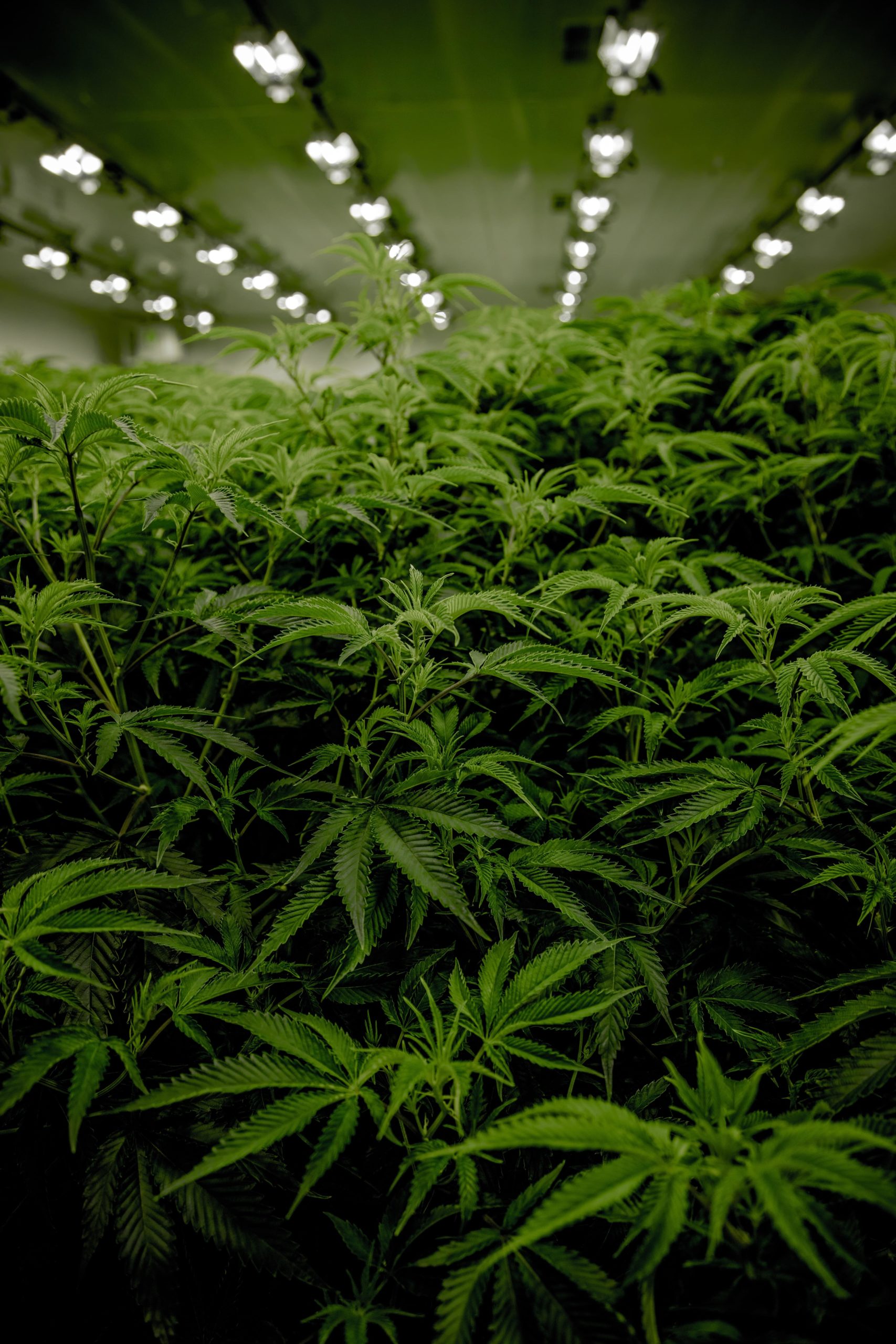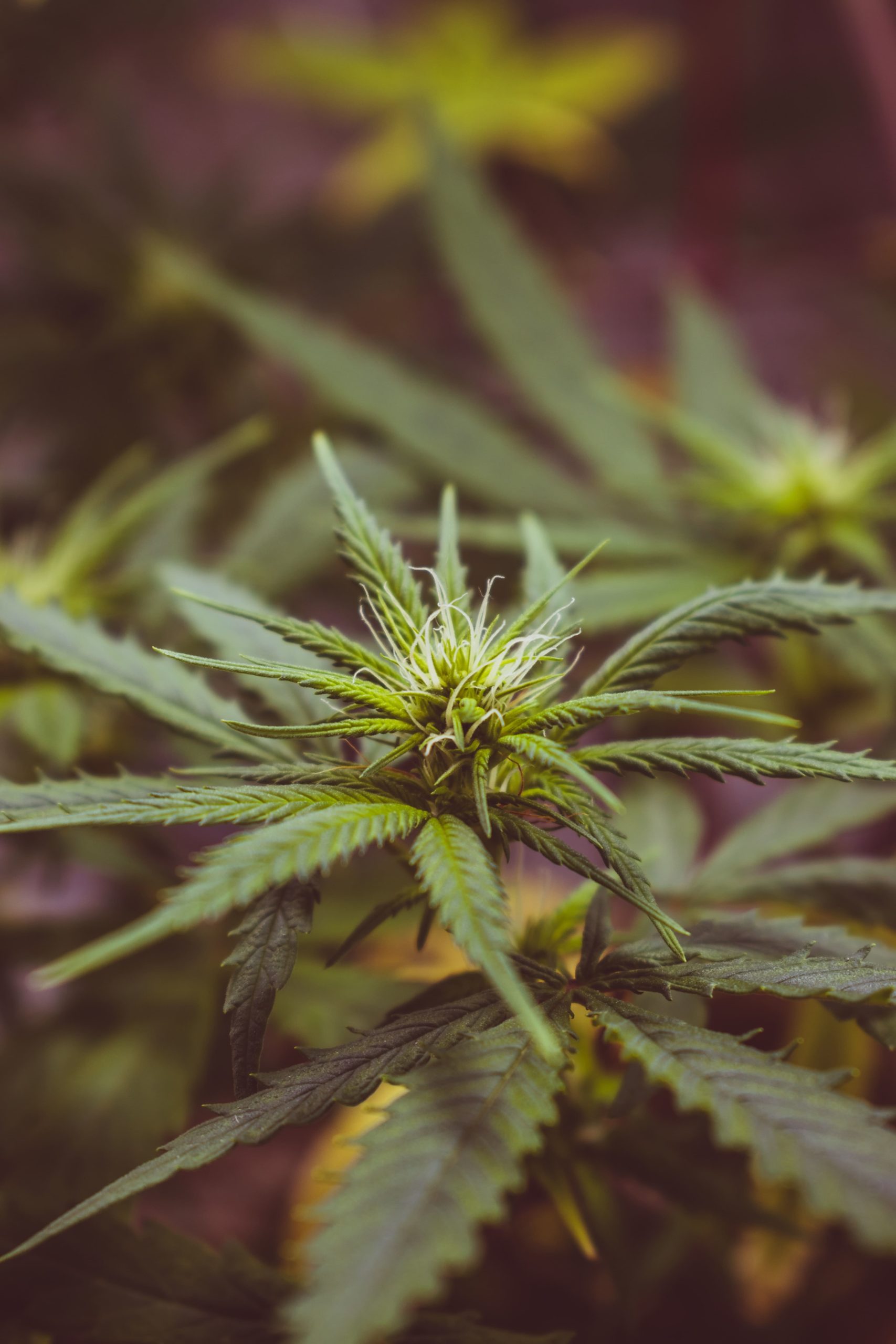As the cannabis industry grows, more and more individuals are searching for the best marijuana seeds. With so many options available, it can be hard to know which seeds are best for your needs. Whether you’re a beginner or a seasoned grower, there are plenty of seed types that can meet your needs. In this blog, we’ll discuss the most popular types of feminized, regular, CBD and auto-flowering seeds, when to Top weed plants, and go over which strains are perfect for beginners.
Table of Contents:
- Indica Strains
- Sativa Strains
- Hybrid Strains
- Autoflowering Strains
- High-CBD Strains
- FAQs in Relation to When to top Weed Plants
- Conclusion
Indica Strains
Indica strains of cannabis are known for their relaxing effects, short flowering times, and dense buds. Characteristics of indica plants include a bushy growth pattern with thick stems and wide leaves that are usually dark green in color. Indicas tend to be shorter in stature than sativa varieties, reaching heights between 3-6 feet when grown outdoors. Indicas bloom in a much shorter period of time, typically 8-10 weeks compared to the longer 10-14 week cycle for sativas.
Popular indica strains include Afghani Kush, Northern Lights, Granddaddy Purple (GDP), Hindu Kush, and Blueberry. These varieties provide users with an intense body high that can help relieve pain while providing relaxation and sedation. Many people prefer using indicas at night due to their strong physical effects which can lead to sleepiness or couchlock if consumed in large doses.
Indica strains are known for their relaxing effects and short flowering times, making them an ideal choice for beginner growers. Sativa strains offer a more energizing experience with longer flowering periods, so they require extra care to get the most out of your harvest.

Sativa Strains
Sativa strains of cannabis are known for their uplifting and energizing effects. Sativas possess a greater amount of THC, the psychoactive element in marijuana, thus making them favored by recreational consumers. Sativas typically have longer flowering times than indicas and can take up to 12 weeks to reach maturity. Popular varieties include Sour Diesel, Super Silver Haze, Jack Herer, and White Widow.
Characteristics:
Sativa strains are usually taller plants with thin leaves that range from light green to dark green in color. The buds tend to be larger and more airy than those found on indica plants. Sativas tend to generate a greater amount of terpenes than indicas, resulting in an exclusive taste experience that many users savor.
Popular Varieties:
Some of the most popular sativa strains include Sour Diesel, Super Silver Haze, Jack Herer, White Widow and Durban Poison. Each strain has its own distinct profile of aroma, taste, and effects on the user’s body and mind.
When growing sativas outdoors or indoors, you should make sure your environment is warm enough for these heat-loving plants (ideally between 70-85°F). You should also provide plenty of space for these tall plants; if grown indoors they need at least 4’ x 4’ per plant while outdoor growers will want around 5’ x 5’ per plant depending on how much room they have available in their garden area or grow tent/room setup. Additionally, pay attention to humidity levels – too high or low can lead to problems with mold growth so try dianabol-only cycle safety tips to keep relative humidity levels between 40%-60%. Lastly, make sure you give your sativas adequate amounts of nutrients throughout their entire life cycle; this will help ensure healthy bud development during flowering time.
Sativa strains are a great choice for cannabis growers looking to experience the energetic, creative effects of these plants. Hybrid strains offer an even wider range of characteristics and effects, making them popular among experienced smokers.
Hybrid Strains
Hybrid strains of cannabis are a combination of indica and sativa genetics. These strains offer a unique blend of effects that can be beneficial for medical marijuana users or recreational smokers alike.
Characteristics:
Hybrid strains have the potential to express both indica and sativa characteristics, depending on their genetic makeup. Hybrids can be either indica- or sativa-leaning, offering an experience that is predominantly one side or the other. The hybrid strain’s aroma and flavor profile will also vary depending on its parentage; some may have sweet, fruity notes while others may have earthy, diesel undertones.
Famous crosses include Blue Dream (sativa-oriented), OG Kush (indica-prominent), Sour Diesel (sativa-predominant), Granddaddy Purple (indica-leaning) and Girl Scout Cookies (crossbreed). Each strain has its own unique set of effects ranging from energizing to relaxing depending on which type it leans more towards.
When cultivating hybrid cannabis, it is vital to consider the particular requirements of each strain in order to achieve maximum results. It is best practice to research each individual strain before planting, as they all require different environmental conditions in order to thrive such as temperature ranges, humidity levels and light cycles etc. Additionally, paying close attention during flowering can help you identify any issues with nutrient deficiencies early on so that you can adjust accordingly if needed for optimal growth and yields.
By combining the advantages of two distinct varieties, hybrid strains provide growers with a range of options for various effects and tastes. Moving on from hybrid strains, autoflowering varieties provide an even more convenient solution for those looking for quick results with minimal effort.

Autoflowering Strains
Autoflowering strains of cannabis are a unique type of plant that can be grown in any climate, regardless of light cycle. Unlike regular cannabis plants which typically grow tall and require long periods of darkness to flower, autoflowers will begin flowering automatically after a certain amount of time has passed since germination. This makes them ideal for growers who don’t have access to a full 12-hour dark period or live in an area with short growing seasons.
Characteristics:
Autoflowering strains are usually smaller than regular cannabis plants and tend to produce less bud overall. They also tend to have shorter lifecycles, often finishing up within 2-3 months from seedling stage. Additionally, they tend not to stretch as much during the flowering phase and won’t need as much pruning or training as other varieties do.
Popular Varieties:
Some popular autoflowering varieties include White Widow Auto, Blue Dream Auto, Amnesia Haze Auto, and Northern Lights Auto among many others. These all feature their own unique characteristics such as flavor profiles and cannabinoid content levels so it’s important for growers to research the specific strain they’re interested in before making their purchase decision.
Finally, it’s important for growers not to forget about nutrition during the vegetative phase. Providing your young plants with plenty of nutrients helps ensure strong root systems which lead to healthier plants overall throughout their entire life cycles.
Autoflowering strains are an excellent choice for growers looking to harvest quickly, as they typically flower and mature in just a few weeks. High-CBD strains offer numerous benefits to cannabis users, making them popular among medical marijuana patients and recreational consumers alike.
High-CBD Strains
High-CBD strains of cannabis are becoming increasingly popular among growers and smokers alike. These plants usually contain more CBD, a non-intoxicating cannabinoid found in cannabis, than the THC present. Characteristics of high-CBD strains include shorter flowering times and larger yields than traditional marijuana plants. Popular varieties include Charlotte’s Web, ACDC, Cannatonic, Sour Tsunami, Harlequin and Pennywise.
When growing high-CBD strains it is important to understand how to effectively encourage horizontal growth rather than vertical growth as this will maximize bud production while keeping the plant short and bushy with lower branches that can be easily harvested. Topping your cannabis plants is one way to do this; by removing the main stem or “top” you are essentially forcing the plant to grow horizontally instead of vertically which encourages more side branches and lowers bud sites for maximum yield potential. Additionally, topping should be done during the vegetative stage before flowering begins as once in flower buds will form at any new nodes created from topping which could reduce overall yields if not done correctly prior to entering into the flowering phase.

FAQs in Relation to When to “Top” Weed Plants
When should I top dress my weed plants?
Top dressing your weed plants should be done when they are in the vegetative stage of growth, usually around two to three weeks after germination. It is important to top dress at this point as it allows for more even distribution of nutrients throughout the soil and helps promote vigorous root development. When top dressing, ensure that you utilize an organic fertilizer with a balanced mix of nitrogen, phosphorus and potassium to guarantee your plants get the necessary nutrients for vigorous growth. Additionally, make sure to follow the instructions on the fertilizer package for proper application and dosage.
What week should you top plants?
The best time to top cannabis plants is during the fourth or fifth week of their vegetative growth cycle. Topping should be done carefully and with precision, as it involves cutting off the main stem just above a node. This encourages lateral branching and more even canopy development for improved light penetration throughout your grow space. Additionally, topping can help increase yields by allowing for multiple colas per plant rather than one single dominant bud site at harvest time. With proper technique, topping will improve overall yield without negatively impacting flower quality or quantity.
How often should I top feed my weed plant?
Top feeding your weed plant should be done on a weekly basis. For optimal growth, you should top feed your cannabis plants with a nutrient-rich solution every 7 days. Make sure to follow the manufacturer’s instructions when preparing and applying the solution in order to avoid overfeeding or underfeeding your plants. Additionally, monitor pH levels of the soil and adjust accordingly if needed for best results.
When should you remove fan leaves?
Fan leaves should be removed when they begin to yellow and die off. This usually happens around the beginning of flowering, as plants enter their reproductive stage. Removing fan leaves helps direct energy towards flower production, which increases yields and potency. It also reduces stress on the plant by removing dead or dying foliage that can otherwise attract pests or disease. Additionally, it allows for better air circulation within the canopy, helping prevent fungal growth from excessive humidity levels in a grow space.
Conclusion
In conclusion, the top weed plants for cannabis growers and smokers depend on their individual preferences. Indica strains are known to be relaxing and have a sedative effect; Sativa strains provide an uplifting cerebral high; Hybrid strains offer a balance of effects from both indica and sativa varieties; Autoflowering strains flower automatically without needing specific light cycles; High-CBD Strains can reduce anxiety or pain with minimal psychoactive effects. With such a wide variety of choices, you are certain to find the strain that suits your needs.
Discover the secrets of growing weed with GreenBudGuru.com and learn when to top your plants for maximum yield!
Photos by Ryan Lange, Kym MacKinnon, Jose Luis Sanchez Pereyra on UnsplashOriginally posted 2023-03-14 14:04:25.


 James Alexander
James Alexander